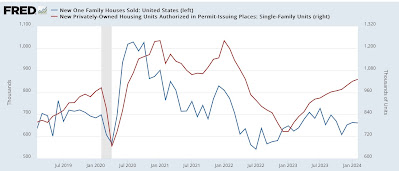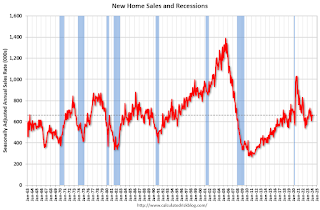CLEVELAND—A team of researchers from the Case Western Reserve University School of Medicine has provided fresh insight into the dangers some common household chemicals pose to brain health. They suggest that chemicals found in a wide range of items, from furniture to hair products, may be linked to neurological diseases like multiple sclerosis and autism spectrum disorders.
Neurological problems impact millions of people, but only a fraction of cases can be attributed to genetics alone, indicating that unknown environmental factors are important contributors to neurological disease.
The new study published today in the journal Nature Neuroscience, discovered that some common home chemicals specifically affect the brain’s oligodendrocytes, a specialized cell type that generates the protective insulation around nerve cells.
“Loss of oligodendrocytes underlies multiple sclerosis and other neurological diseases,” said the study’s principal investigator, Paul Tesar, the Dr. Donald and Ruth Weber Goodman Professor of Innovative Therapeutics and director of the Institute for Glial Sciences at the School of Medicine. “We now show that specific chemicals in consumer products can directly harm oligodendrocytes, representing a previously unrecognized risk factor for neurological disease.”
On the premise that not enough thorough research has been done on the impact of chemicals on brain health, the researchers analyzed over 1,800 chemicals that may be exposed to humans. They identified chemicals that selectively damaged oligodendrocytes belong to two classes: organophosphate flame retardants and quaternary ammonium compounds. Since quaternary ammonium compounds are present in many personal-care products and disinfectants, which are being used more frequently since the COVID-19 pandemic began, humans are regularly exposed to these chemicals. And many electronics and furniture include organophosphate flame retardants.
The researchers used cellular and organoid systems in the laboratory to show that quaternary ammonium compounds cause oligodendrocytes to die, while organophosphate flame retardants prevented the maturation of oligodendrocytes.
They demonstrated how the same chemicals damage oligodendrocytes in the developing brains of mice. The researchers also linked exposure to one of the chemicals to poor neurological outcomes in children nationally.
“We found that oligodendrocytes—but not other brain cells—are surprisingly vulnerable to quaternary ammonium compounds and organophosphate flame retardants,” said Erin Cohn, lead author and graduate student in the School of Medicine’s Medical Scientist Training Program. “Understanding human exposure to these chemicals may help explain a missing link in how some neurological diseases arise.”
The association between human exposure to these chemicals and effects on brain health requires further investigation, the experts warned. Future research must track the chemical levels in the brains of adults and children to determine the amount and length of exposure needed to cause or worsen disease.
“Our findings suggest that more comprehensive scrutiny of the impacts of these common household chemicals on brain health is necessary,” Tesar said. “We hope our work will contribute to informed decisions regarding regulatory measures or behavioral interventions to minimize chemical exposure and protect human health.”
Additional contributing researchers from Case Western Reserve School of Medicine and from the U.S. Environmental Protection Agency included Benjamin Clayton, Mayur Madhavan, Kristin Lee, Sara Yacoub, Yuriy Fedorov, Marissa Scavuzzo, Katie Paul Friedman and Timothy Shafer.
The research was supported by grants from the National Institutes of Health, National Multiple Sclerosis Society, Howard Hughes Medical Institute and New York Stem Cell Foundation, and philanthropic support by sTF5 Care and the Long, Walter, Peterson, Goodman and Geller families.
###
Case Western Reserve University is one of the country’s leading private research institutions. Located in Cleveland, we offer a unique combination of forward-thinking educational opportunities in an inspiring cultural setting. Our leading-edge faculty engage in teaching and research in a collaborative, hands-on environment. Our nationally recognized programs include arts and sciences, dental medicine, engineering, law, management, medicine, nursing and social work. About 6,000 undergraduate and 6,300 graduate students comprise our student body. Visit case.edu to see how Case Western Reserve thinks beyond the possible.
Journal
Nature Neuroscience
DOI
10.1038/s41593-024-01599-2
Article Title
“Pervasive environmental chemicals impair oligodendrocyte development”
Article Publication Date
25-Mar-2024









































